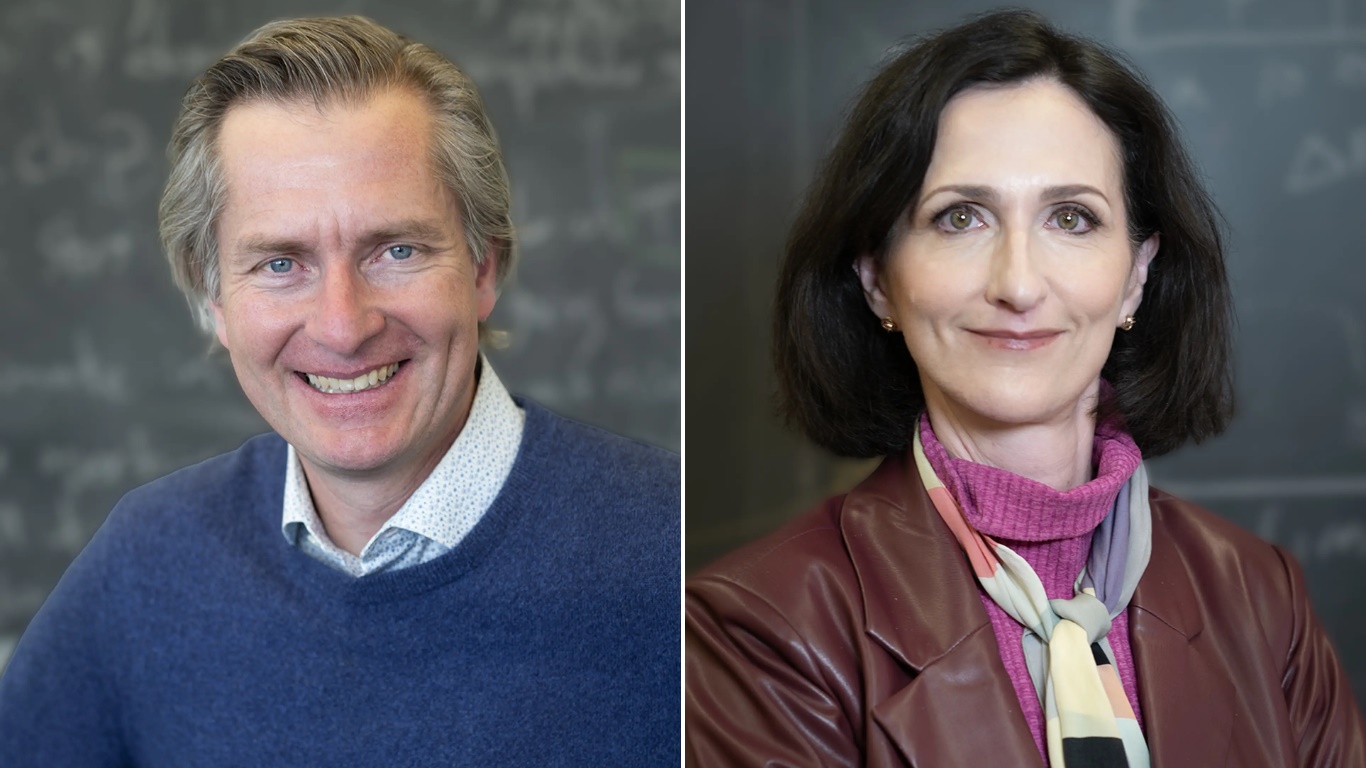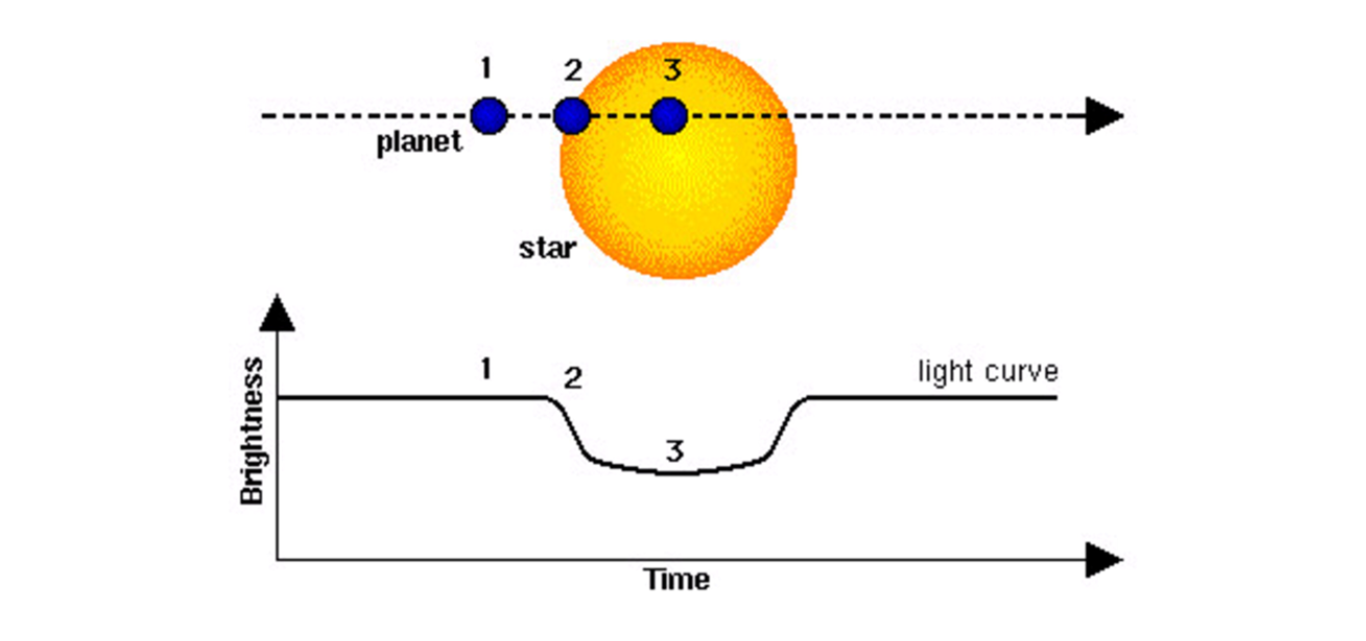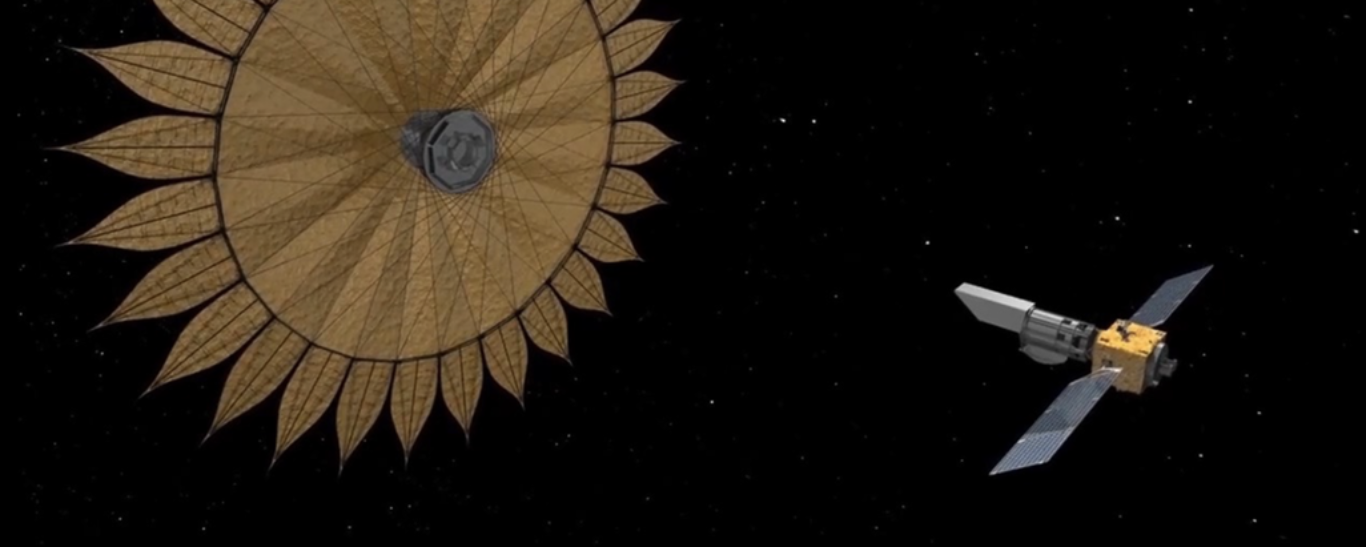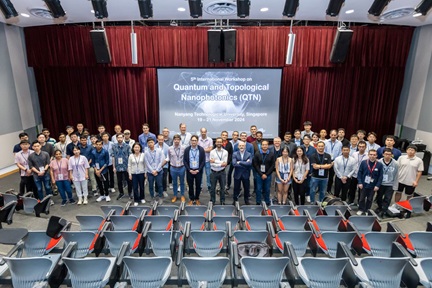Spectroscopy of Exoplanetary Atmosphere: 2024 Kavli Prize in Astrophysics
The biennial Kavli prize is awarded by The Kavli Foundation founded by Fred Kavli (1927-2013). Fred Kavli believed these prizes to be a great way to honour scientists and carried out outstanding research, while also promoting science to inspire the public. The Kavli Prizes are awarded in three exciting areas: astrophysics, nanoscience and neuroscience – the largest, the smallest, and the most complex.
The 2024 Kavli prize in Astrophysics is awarded to Prof David Charbonneau (Harvard University) and Prof Sara Seager (Massachusetts Institute of Technology), who have pioneered the measurement of extra-solar planet (exoplanet) atmospheres which would lead to the possibility of detecting signatures of life on the exoplanets.

[From left] Prof David Charbonneau and Prof Sara Seager.
Many exoplanets are discovered via the transit method, pioneered by Prof David Charbonneau, which involves measuring the tiny dip in light emitted by the exoplanet's parent star as the planet passes between the star and Earth. This method allows Earth-sized exoplanets to be discovered by probing very small, cool “M dwarf” stars (so that the dip in light is appreciable) but technically, this is still extremely challenging.
Prof Charbonneau extended the transit method to carry out spectroscopy of exoplanetary atmospheres. Exoplanetary absorption spectra is taken by observing that the apparent size of the exoplanet varies with the (infrared) wavelength measured. This can reveal the atmospheric content of the exoplanet and potentially lead to the detection of oxygen, ozone and carbon dioxide molecules which may be indicative of life because these gases are continuously replenished by living organisms.

Discovering exoplanet via the transit method. When the exoplanet passes in front of the star, the total brightness dips by a tiny bit. Credit: www.esa.int
Prof Sara Seager investigated the theoretical aspects of using transit spectroscopy to study exoplanetary atmospheres. This requires careful examination because the ratio of the exoplanet’s transparent atmosphere area to the star’s area is small (~10-3 to 10-4) and so the absorption spectra will be extremely weak unless there exist gases with strong spectral features. Prof Seager’s investigations identified specific promising alkali spectral lines. Indeed, exoplanet infrared spectra have been detected in collaboration with Prof David Charbonneau using the Spitzer Space Telescope.
She further extended this research to include giant, gaseous exoplanets at different orbital distances, as well as to stars that are unlike our Sun. One of the most important aspects of exoplanet spectroscopy is to determine cloud depth, which allows researchers to distinguish between different models of exoplanetary atmospheres. Knowledge of the atmospheric composition of an exoplanet provides hints about whether biological activity might exist on the exoplanet.

The Starshade concept that Prof Seager has worked on, which would be used to search for Earth-like planets around Sun-like stars. Credit: NASA/JPL-Caltech
Besides her theoretical research, Prof Sara Seager is also a lead in the Starshade Rendezvous Mission, which is currently in the technology development stage. A starshade is an external device that blocks out starlight, enabling the direct imaging of exoplanets around a star. Unlike the transit method, which requires the exoplanet to orbit in front of the star, the starshade does not require such a coincidence, making it complementary to the transit method. More importantly, a starshade enables the probing of exoplanets orbiting brighter Sun-like stars, whereas the transit method is more effective with dimmer M dwarf stars, where the exoplanet is less overwhelmed by its parent star.
Prof David Charbonneau and Prof Sara Seager are clearly at the forefront of current and future exoplanet science in overcoming extreme technical challenges.
References:
[1] 2024 Kavli Prize in Astrophysics, <https://www.kavliprize.org/prizes/astrophysics/2024>
[2] Charbonneau Astronomy Group, <https://sites.harvard.edu/charbonneau/>
[3] Professor Seager selected publications, <https://www.saraseager.com/papers/>
[4] Starshade Technology Development, <https://exoplanets.nasa.gov/exep/technology/starshade/>
For more information, watch the video about the 2024 Kavli Prize in Astrophysics:














/enri-thumbnails/careeropportunities1f0caf1c-a12d-479c-be7c-3c04e085c617.tmb-mega-menu.jpg?Culture=en&sfvrsn=d7261e3b_1)

/cradle-thumbnails/research-capabilities1516d0ba63aa44f0b4ee77a8c05263b2.tmb-mega-menu.jpg?Culture=en&sfvrsn=1bc94f8_1)






